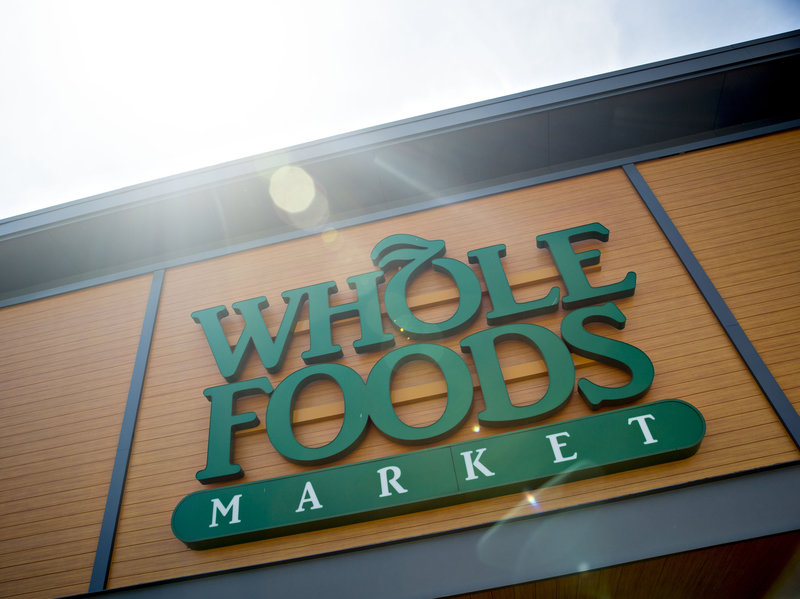
Amazon announced that it had acquired Whole Foods for $13.7 billion. When the news came in, the CEO of Whole Foods, John Mackey, talked highly of the innovation the online retail giant will bring to the table and saw a period where Whole Foods will move into even more success in the future. However, critics have called into question the merits of the deal, especially for the jobs. Technology always has a way of making workers obsolete and in fact, a source who was previewed to the negotiations noted that Amazon had spent a lot of time analyzing the distribution systems at Whole Foods, its technology, and whether there are any opportunities to reduce costs.
Analysts note that warehouses might be the first to go. There is a belief that Amazon can bring its innovation to the management of Whole Food warehouses and while this will increase efficiency, it will cut many jobs. Amazon already launched a grocery delivery service and process automation has been key to its strategy. The retailer wants to create a seamless online shopping experience where customers can buy groceries online and get them almost immediately. The online retailer may want to leverage on distribution centers owned by Whole Foods to make this a reality. At the moment, Whole Foods has 11 distributions centers. The centers all specialize in perishable goods that serve all its stores. The retailer also has bakeries, seafood processing plants, and kitchens where foods are prepared in each location.

The idea of adding robots to warehouses is seen as the next phase of this acquisition. Amazon already has numerous fully automated warehouses in various parts of the country with robots operating them. But even with that, the number of employees working for the online retailer has gone up. At the end of March, Amazon had increased its workforce by 43%. There is a possibility though that the online retailer is thinking about building a network of automated warehouses that will simply be exclusive for its grocery business. The automated warehouses will be quite large reaching up to 1 million square feet. This is big enough to serve Whole Foods and also all its major grocery initiatives including Amazon Fresh.
The online retailer wants to create advanced capabilities in grocery distribution in order to offer quick exceptional services to customers. Advanced distribution will also offer the freshest produce and this will be a big advantage over Walmart. Warehouse automation seems inevitable but even then, it won’t be a surprise if the robots come into the stores. However, it’s not clear whether such robots will have an effect on in-store jobs. After all, analysts note that it’s possible for the robots to work with people and provide high levels of efficiency in the process.

Automating payments will be something that comes later so cashiers will still be needed at Whole Foods. But it’s not like Amazon is going to wait too long to automate payments. At the moment, the online retailer is piloting Amazon Go, a convenience store business that allows people to check in with their smartphone, get what they want and be on their way. They will be billed automatically. The deal to acquire Whole Foods is definitely a big one for Amazon but layoffs are still far down the road.












